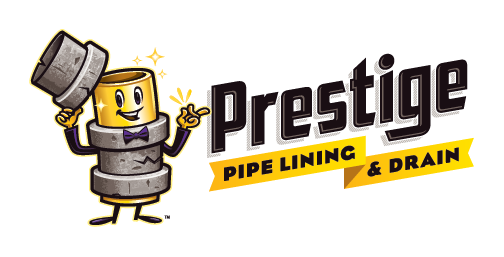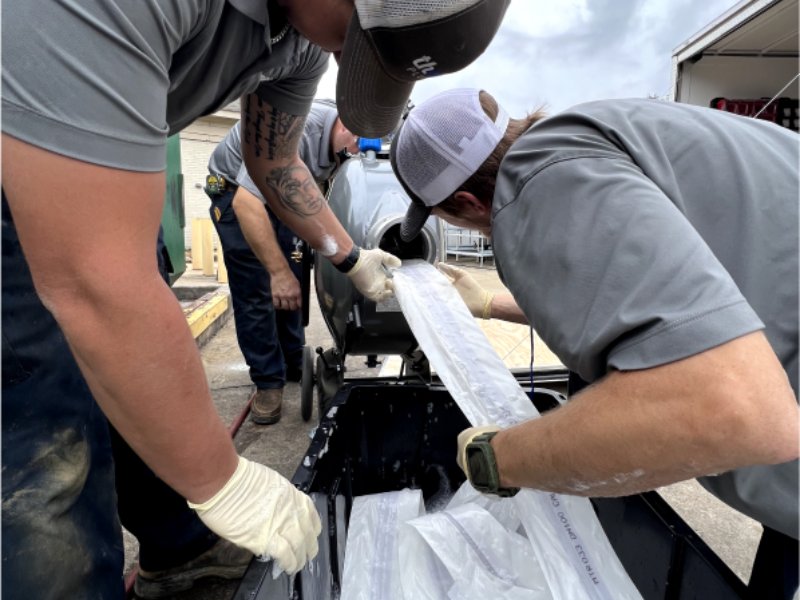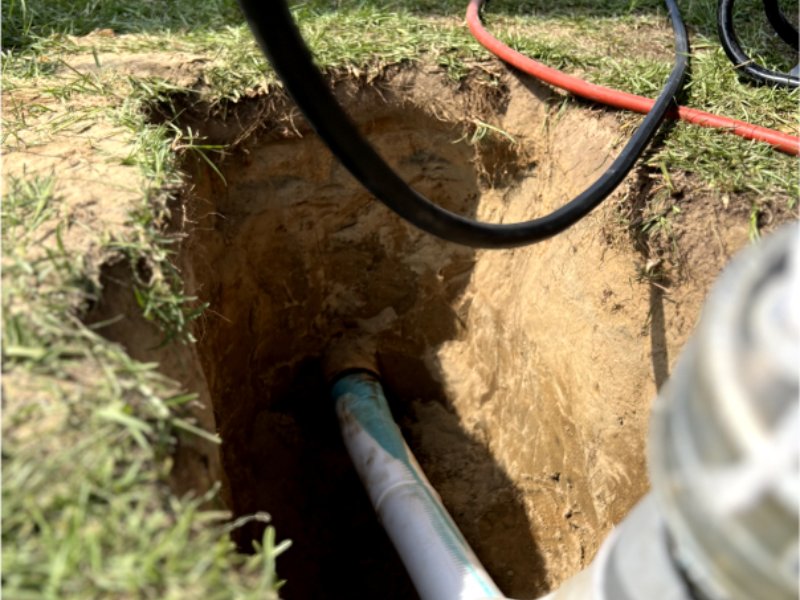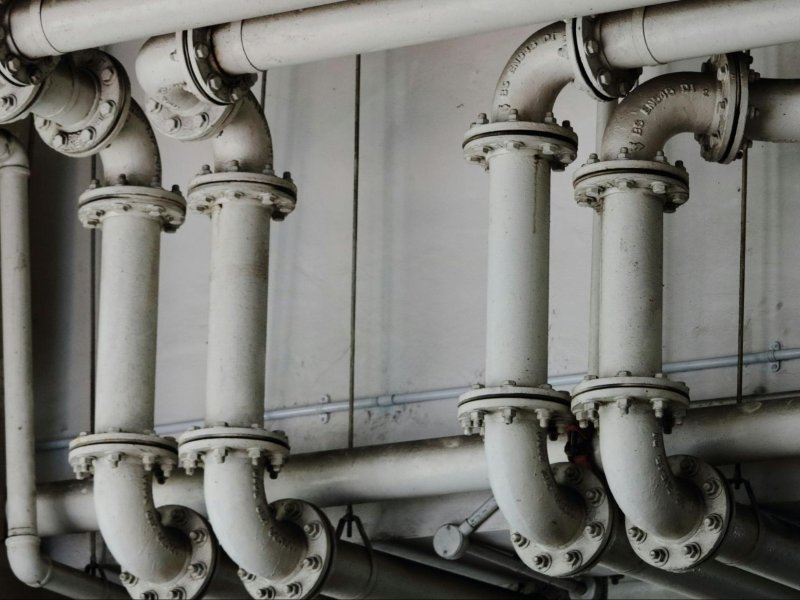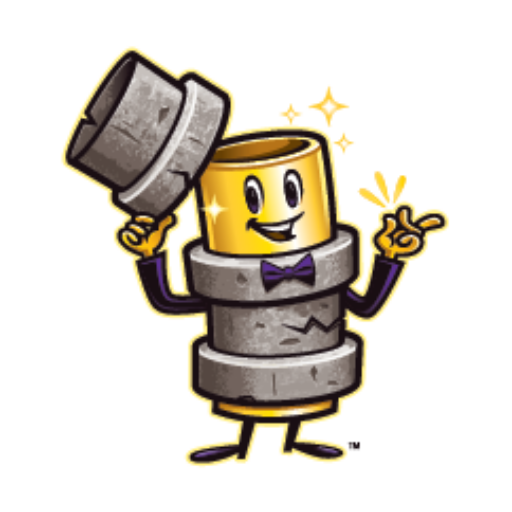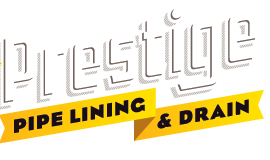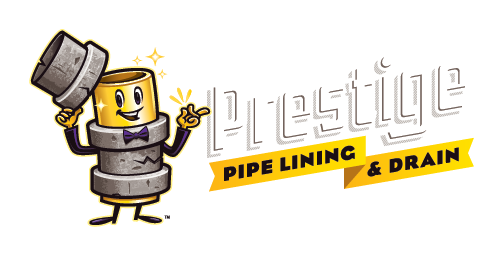You’re going about your day, washing dishes, taking a shower, or brushing your teeth, when you notice the water isn’t draining as quickly as it should. Maybe it starts pooling around your feet in the shower, or your kitchen sink fills up even though the garbage disposal is running. You try waiting it out, hoping the problem resolves itself—but it only gets worse. Now, you have a completely clogged drain, and frustration starts to set in.
You’re not alone. Clogged drains are one of the most common household plumbing problems, and they can quickly turn from a minor nuisance into a major headache. But the good news? With a little know-how, you can often prevent or fix the issue before it requires a costly professional repair.
The Guide: Understanding the Enemy
To fight against clogged drains, you first need to understand what’s causing them. Our friends at Mr. Rooter Plumbing have provided us with some of the most common culprits:
1. Hair Buildup
Hair is one of the top reasons for slow-draining showers and bathroom sinks. Over time, strands of hair mix with soap scum can create a stubborn blockage.
How to Fix It:
- Use a drain snake or hair clog remover to pull out the blockage.
- Try a mixture of baking soda and vinegar to break down residue.
- Prevent future clogs by installing a drain cover that catches hair before it goes down the pipe.
2. Soap Scum
Soap doesn’t just wash away—it leaves behind a film that builds up over time. This residue narrows the pipe and catches other debris, leading to blockages.
How to Fix It:
- Flush the drain with hot water and vinegar to break up soap deposits.
- If the buildup is severe, a professional drain cleaner or enzyme-based cleaner can help.
- Consider switching to soap-free or liquid body washes to reduce residue.
3. Food Waste
Even if you have a garbage disposal, not all food scraps should go down the drain. Starchy foods like pasta and rice expand when wet, and grease solidifies inside pipes, leading to blockages.
How to Fix It:
- Avoid pouring grease down the drain—dispose of it in a sealed container instead.
- Use a sink strainer to catch food particles before they enter the pipes.
- Run hot water while using the garbage disposal to help flush food debris away.
4. Grease and Oil
Grease might be liquid when you pour it down the drain, but as it cools, it turns into a sticky solid that clings to your pipes. Over time, this layer of grease collects more debris and leads to serious clogs.
How to Fix It:
- Pour used grease into a jar or can and throw it in the trash once it solidifies.
- If grease buildup is already a problem, a mixture of boiling water and dish soap can help dissolve it.
- Regularly clean your pipes by flushing them with a mixture of baking soda, vinegar, and hot water.
5. Foreign Objects
Small objects—like cotton swabs, dental floss, paper towels, and even children’s toys—can get stuck in your pipes, creating an obstruction that water can’t pass through.
How to Fix It:
- If you suspect an object is stuck, try using a plunger to dislodge it.
- A drain snake can help grab and remove items blocking the pipe.
- Keep an eye on what goes down the drain—only water, soap, and appropriate waste should be entering your plumbing system.
6. Tree Roots
If you have older pipes or live in an area with large trees, root infiltration can be a hidden cause of slow drains. Tree roots naturally seek out moisture, and even the smallest crack in a pipe can become an entry point.
How to Fix It:
- Unfortunately, tree root intrusion typically requires professional intervention.
- Plumbers can use hydro jetting or root-cutting tools to clear the blockage.
- Prevent future problems by scheduling routine inspections if you have older pipes.
The Plan: Preventative Measures to Keep Drains Clear
The best way to handle clogged drains is to prevent them in the first place. Here’s how:
- Install drain strainers in sinks and tubs to catch hair and food particles.
- Never pour grease, oil, or coffee grounds down the drain.
- Run hot water after using your sink to help clear small debris.
- Use a monthly drain cleaner—either a store-bought enzyme cleaner or a DIY solution of baking soda and vinegar.
- Be mindful of what goes down your drains—only toilet paper should be flushed, and food scraps should go in the trash or compost.
The Success: A Home Free of Clogged Drains
By understanding the common causes of clogged drains and taking a few simple preventative steps, you can avoid the frustration of slow-moving water and costly plumbing repairs. If you do run into a stubborn clog, trying a few DIY methods can often get your drains flowing again. However, for serious blockages, it’s always best to call in a professional before the problem worsens.
Your home should be a place of comfort, not plumbing problems. With the right knowledge and habits, you can keep your drains clear and your household running smoothly.
